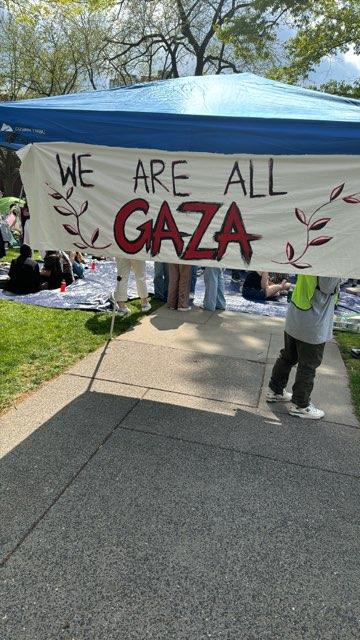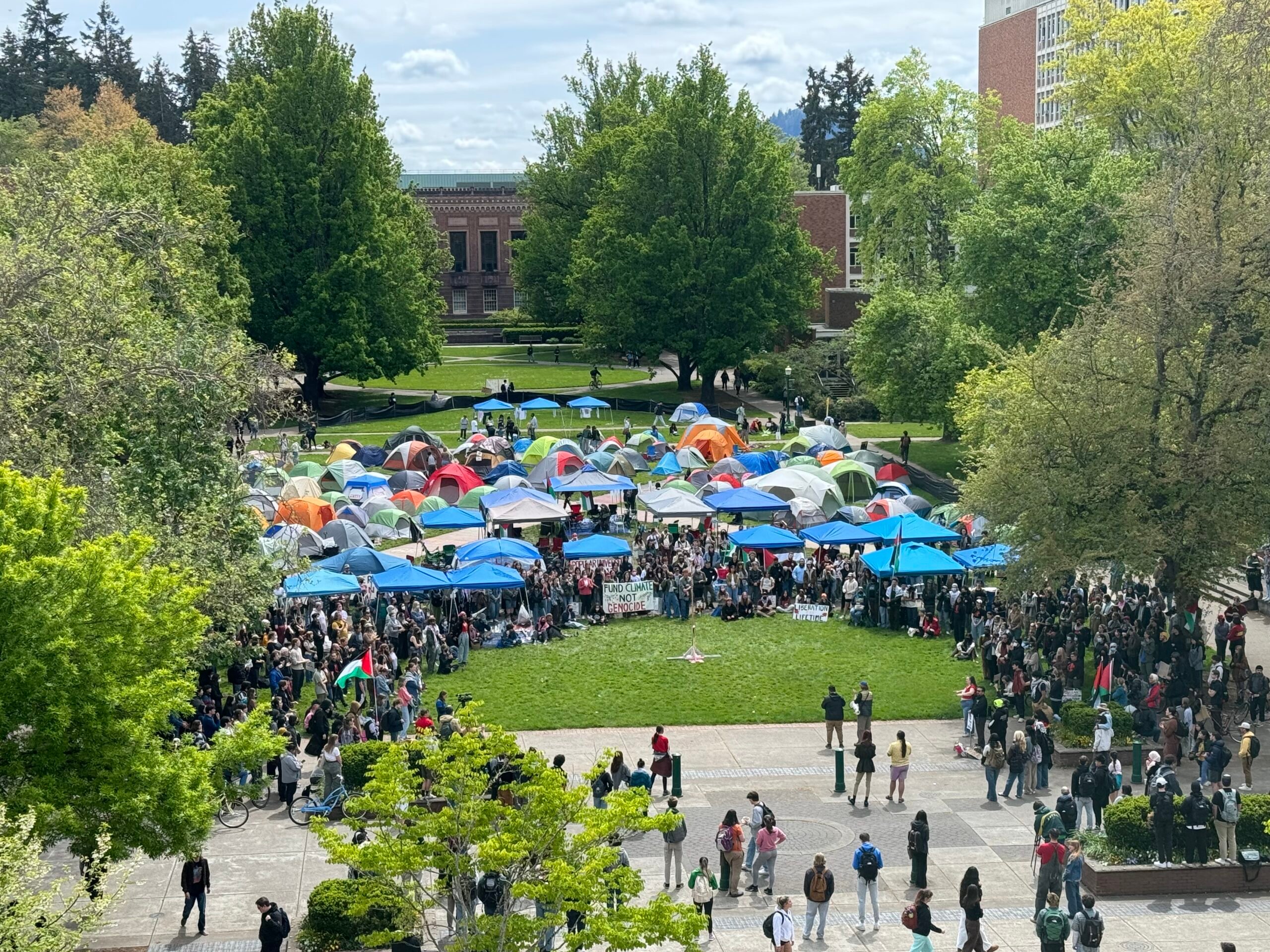














The 10 best dry kosher sparklers,
plus five budget wines affordable for any occasion
During the past few years one of the major news stories—and one that will have long repercussions—has been Brexit, the United Kingdom’s exit from the European Union, which was completed at the end of last year. Brexit has brought to light a number of lingering conflicts between Britain and its neighbors, and while many of these conflicts will likely be ameliorated in the years to come, one of the oldest of conflicts is likely to linger: the disagreement between the French and British over how to best enjoy that great sparkling wine from the north of France, Champagne.
The French like their Champagne young and fresh, whereas the British prefer to drink it old. The French believe that Champagne is a truly versatile wine that can be a great accompaniment to virtually any dish, whereas the Brits generally think that Champagne is best when served without any food. Finally, the French like to drink Champagne morning, noon and night, as often as they can afford it, whereas the British prefer to save Champagne for special occasions, or as English novelist Evelyn Waugh once advocated, Champagne “is a wine for (frequent) occasional use.”
The one point both the British and French do agree on is that Champagne is a truly splendid wine. They are right. Champagne is made from a blend of two black grapes, pinot noir and pinot meunier; and one white grape, chardonnay. After fermenting separately, wines from the different varietals—and often from different vintages—are blended together and bottled with additional yeast. Thereafter they are aged in their bottles for at least 15 months before the lees (sediment formed during fermentation and aging) are removed, a little additional wine and sugar (known as the dosage) are added, and a final cork is put in each bottle.
This Champagne formula has been copied frequently, and as a result, good, or even great, Champagne-like wines are now available from all over the world. Fortunately, this is also true in the kosher wine world. Several good or great kosher sparkling wines are now available, including an increasing number from some of France’s world-famous Champagne houses.
So when The Jewish Link asked me to come up with a type of wine to review for their inaugural Wine Guide, I asked if I could do a review of kosher bruts. Brut is the term that the French use to describe dry sparkling wine. (While sweet sparkling wines can be very enjoyable, comparing them to their dry cousins is like comparing apples to oranges.) Over a period of a few days, in a series of blind tastings, I evaluated several, all of which were quaffable. Several were good, and a few achieved true excellence.
1. Laurent-Perrier, La Cuvée Brut, Champagne, NV [Kosher Edition]: Consistently one of the best kosher Champagnes on the market (I first reviewed it in 2005 and have tasted it several times since), this rich, straw-colored, chardonnay-driven champagne is crisp, dry and ever-so-enjoyable. Look for a nose of apples, quince, Meyer lemons and wildflowers, with a light whiff of cinnamon, all playing against a yeasty, creamy background. The flavor has elements of lemons, apples, quince, Seville oranges and cream, with wet gravel showing towards the back of the palate. Well structured with bracing acidity that cuts through the rich creaminess, this is a truly delightful wine. Score: A. $75.
2. Drappier, Brut Nature, Champagne, NV [Kosher Edition]: Made from 100% pinot noir, this dry, dark-straw-colored, medium-to-full bodied blanc de noirs has a thick, almost beer-like mousse of large active bubbles. Bone dry, this wine was made without the typical dosage of sugar added after the disgorgement. The complex nose has a strong limestone element, with whiffs of apricots, apples, Chinese winter melon, bitter orange, honeydew, heather and yeasty bread. The rich flavor moves from Seville oranges at the front of the palate, to apples and melon mid-palate, to a mineral and cream-like finish. While a truly delightful Champagne, the lack of dosage reduces the wine’s cellaring potential. Best consumed within six to nine months of purchase. Score: A. $50.
3. Laurent-Perrier, Cuvée Rosé, Champagne, NV [Kosher Edition]: While there are now a growing number of kosher rosé Champagnes on the market, Laurent-Perrier’s was the first available in the U.S.—I remember first tasting it in, I believe, 1999—and it has consistently been the best rosé in my tastings. Made from 100% pinot noir, which is macerated with the skins for two to three days, this full-bodied, dark peach to rose-colored wine has flavors and aromas of peaches, kumquats, strawberries, raspberries, violets and honeysuckle, all played out against a rich layer of cream. This was the creamiest wine in the tastings. Score: A. $140.
4. Barons de Rothschild, Rosé, Champagne, NV [Kosher Edition]: In 2007 the two branches of the Rothschild family, famous for their Bordeauxs, launched their own Champagne house, and have been producing kosher wines almost since their initial release. Their rosé, a blend of 85% chardonnay and 15% pinot noir, has a bouquet of grapefruit, apples and yeasty beignets, with whiffs of mango and vanilla. Look for flavors of strawberries, quince and Meyer lemons at the front of the palate, moving to cantaloupe mid-palate, and that yeasty beignet flavor running throughout. If the Laurent-Perrier rosé is all about richness and cream, this Rothschild rosé in comparison is all about crispness and restraint. Score: A. $115.
5. Drappier, Rosé de Saignée, Brut, Champagne NV [Kosher Edition]: While most Champagne houses make their rosés by blending a red wine with a white (e.g., Barons de Rothschild), a handful of houses (e.g., Laurent-Perrier and Drappier) make their rosés by macerating the grape skins with the wine. This is known as the saignée (bleeding) technique. Made from 100% pinot noir, macerated with the skins for two days, this wine has a dark-peach color and an abundance of tiny, active bubbles. The nose is an intriguing combination of strawberry jam and forest floor, with notes of citrus and cream. Look for flavors of strawberries, peaches, lemons and yeast, with an earthy and minerally background, and a creamy finish. Score: A/A-. $60.
6. Hagafen Cellars, Brut Rosé, Napa Valley, 2017: This is the only non-Champagne to rank among the Champagnes in the tasting. A blend of 80% pinot noir and 20% chardonnay, this medium-bodied, dark-peach colored wine has floral, earthy flavors and aromas with elements of raspberries, sweet citrus, smoke and yeast. Well structured, with a light mineral undertone, this vintage should be able to be cellared for at least five years. Score: A/A-. $48.
7. Drappier, Carte d’Or, Brut, Champagne NV [Kosher Edition]: The classic expression of the house of Drappier—the 91-year-old owner of the house says that he has drunk it every day since 1952—is a blend of 80% pinot noir, 15% chardonnay and 5% pinot meunier. Dark straw in color, with a medium body, this wine has a bouquet of orange blossom, honey, tangerines and apples. Look for flavors of peaches and citrus, with notes of heather honey, Chinese winter melons, yeasty bread and wet limestone. Score A-. $50.
8. Barons de Rothschild, Brut, Champagne, NV [Kosher Edition]: A blend of 60% chardonnay and 40% pinot noir, this medium-bodied, straw-colored wine has an active mousse of tiny bubbles. The woodsy nose has elements of bramble, pears, quince and roasted nuts. Look for flavors of pears, apples and quince, with a nice level of acid, and a just-light hint of cream on the finish. More restrained in style than the other Champagnes I tasted, this wine is lacking the mineral quality that I have always considered the mark of a great Champagne. Score A-/B+. $115.
9. Hagafen Cellars, Cuvée Brut, Napa Valley, 2017: This blend of 60% pinot noir and 40% chardonnay has a light peach color that most would classify as a rosé. “We did not do such a good job of controlling color this vintage,” admitted winemaker Ernie Weir, but however you want to classify it, this is a very enjoyable wine. Look for flavors and aromas of strawberries, orange blossoms, cantaloupe and citrus zest all playing together nicely on a background of yeasty bread. Drink within the next four years. Score: A-/B+. $55.
10. Covenant, Blanc de Blancs, California, 2020: Technically speaking, this bright straw-colored wine is a carbonated wine, not a sparkling wine. (The wine was born when Covenant’s former cellar master decided to see what would happen when he put some of the winery’s Tribe Chardonnay into a SodaStream.) Look for flavors and aromas of apples, lemon, mango, key limes and honey. Very enjoyable, with a bracing acidity, but completely lacking the creamy yeastiness of a Champagne-method sparkling wine. Score B+. $38.
Sometimes there are occasions that call for sparkling wine, even if the pocketbook does not. So with that thought in mind, here are five good sparkling wines for $20 or less:
1. Koenig, Crémant d’Alsace Brut, Alsace, NV: This light straw-colored sparkler has a light to medium body and a rich mousse of large bubbles. Look for flavors and aromas of apples, peaches, honeydew and citrus, with a lightly creamy background. Score: B+. $20.
2. Freixenet, Excelencia, Brut, Cava, NV [Kosher Edition]: This dark straw-colored Spanish sparkler has a rich mousse of large bubbles and a bouquet of peaches, apricots and lychees with a pleasant hint of oiled leather. Look for flavors of peaches, apricots and cantaloupe, with a yeasty overtone and notes of lemon and cream on the finish. Score: B+. $18.
3. Gilgal, Brut, Golan Heights, NV: Made from equal parts chardonnay and pinot noir, this light straw-colored, light- to medium-bodied wine has a bouquet of apples, oranges and baking bread. The flavor is dominated by apples and buttery croissants, with a hint of Seville orange zest towards the back of the palate. Score: B+. $19.
4. Contessa Annalisa, Prosecco, NV: This very easy-to-drink Italian sparkler has a light to medium body, a light straw color and an abundance of bubbles both large and small. Look for flavors and aromas of lemons, apples and honey, with just a whiff of lime zest. Score: B. $15.
5. De La Rosa 613, Yayin Regal, Dry Sparkling Muscat, Austria, NV: While I really tried to restrict my tastings to dry wines, this enjoyable Austrian wine—I’d class it as a semi-dry—snuck into my tastings. Bright straw-colored and light-bodied, this wine has flavors and aromas just redolent of juicy lychees and honeysuckle, and is endowed with enough acid to give the wine structure. Score: B. $20.
Oh, and as for that age-old disagreement between the French and the British: Well, as the French would say, “Vive la différence!”
By Gamliel Kronemer











